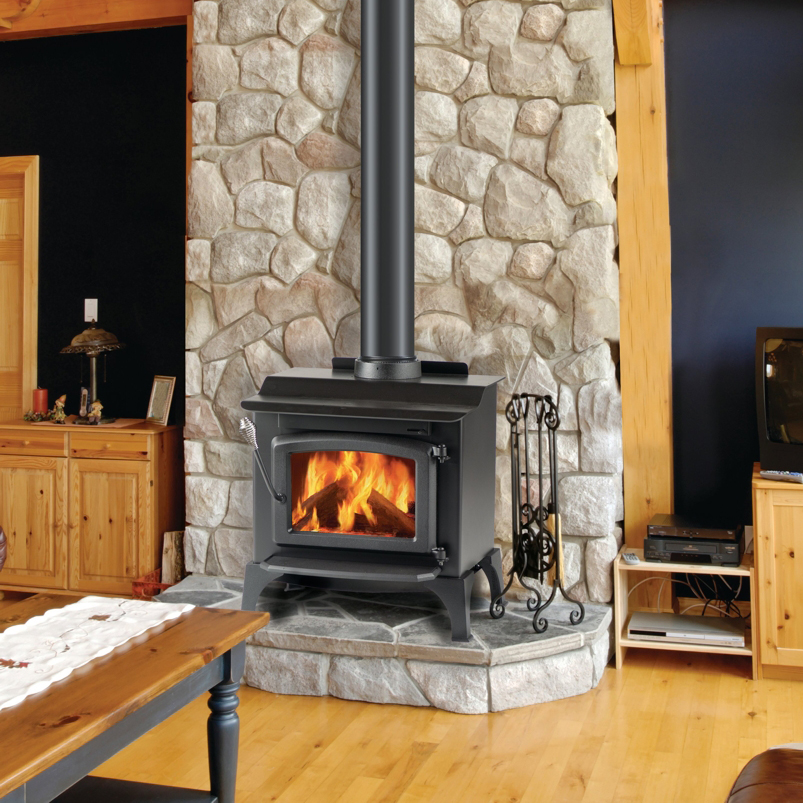Fall Heating Check
Get Ready for Heating Season
This is the time of the year when people start thinking about ways to heat their homes more efficiently. If your heating equipment is over 20 years old, consider upgrading it. New equipment is much more efficient than the older versions. Change the furnace filter often and have heating equipment serviced and cleaned on a regular basis. Install a programmable thermostat! This allows you to setback the temperature when you are asleep or away, automatically.
Wood Stove
Homeowners who have wood burning appliances are organizing wood for the winter months. You should only burn seasoned wood in your wood burning appliances.
The number one thing to remember is that your chimney / flue requires regular cleaning in order to be safe! Chimneys should be visually inspected to ensure there are no obstructions, such as nests or debris, and cleaned before operating a wood burning appliance for the first time in a season.
Creosote is an unavoidable product of wood burning stoves. Creosote is a tarry build-up in the chimney / flue which can cause a chimney fire. To avoid excess creosote, only burn dry, seasoned wood. If you are burning greener wood, you should leave the draft in your fireplace open to allow the fire to burn hotter and clean your chimney / flue more often.
To cut down on creosote build-up, avoid smoldering fires. Keep your fire hot enough to prevent creosote accumulation. Check your chimney. If you see heavy smoke, creosote is probably forming. If your stove has been working well and then begins to smoke around the doors or ports, or if you see a black / dark brown substance running down metal pipes, you should check for creosote.
Wood should not be stored inside your home. Even seasoned wood carries a 20% moisture content which will affect the health of your home and your family.
If you must store wood inside your home, place a dehumidifier next to the wood and/or an air circulating system such as a fan. This will help to dry the wood and help minimize the molds and mildews which may occur as a result of the high moisture content.
Pellet Stove
You should clean your pellet stove yourself or have it cleaned professionally prior to its first use this season. Most manufacturers have detailed instructions on how to do yearly pellet stove cleanings either in their manual or on the web – follow these instructions carefully. The pipes need to be brushed and vacuumed well. Vacuum the heat exchange tubes as well as behind the baffles. The chimney cap also gets a buildup of wet ash and should be cleaned.

